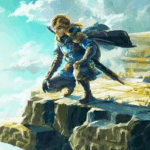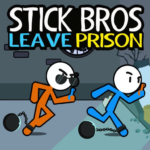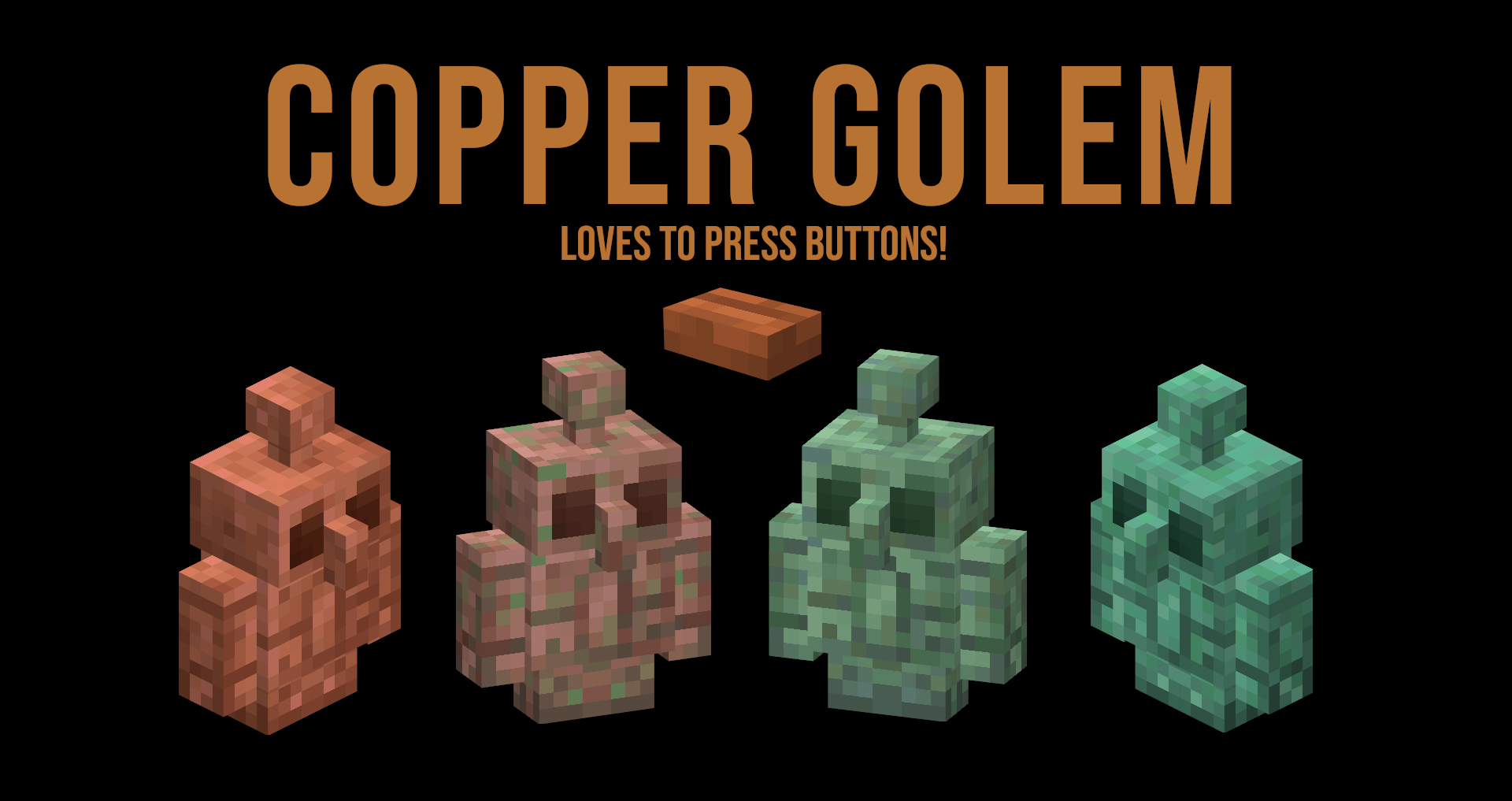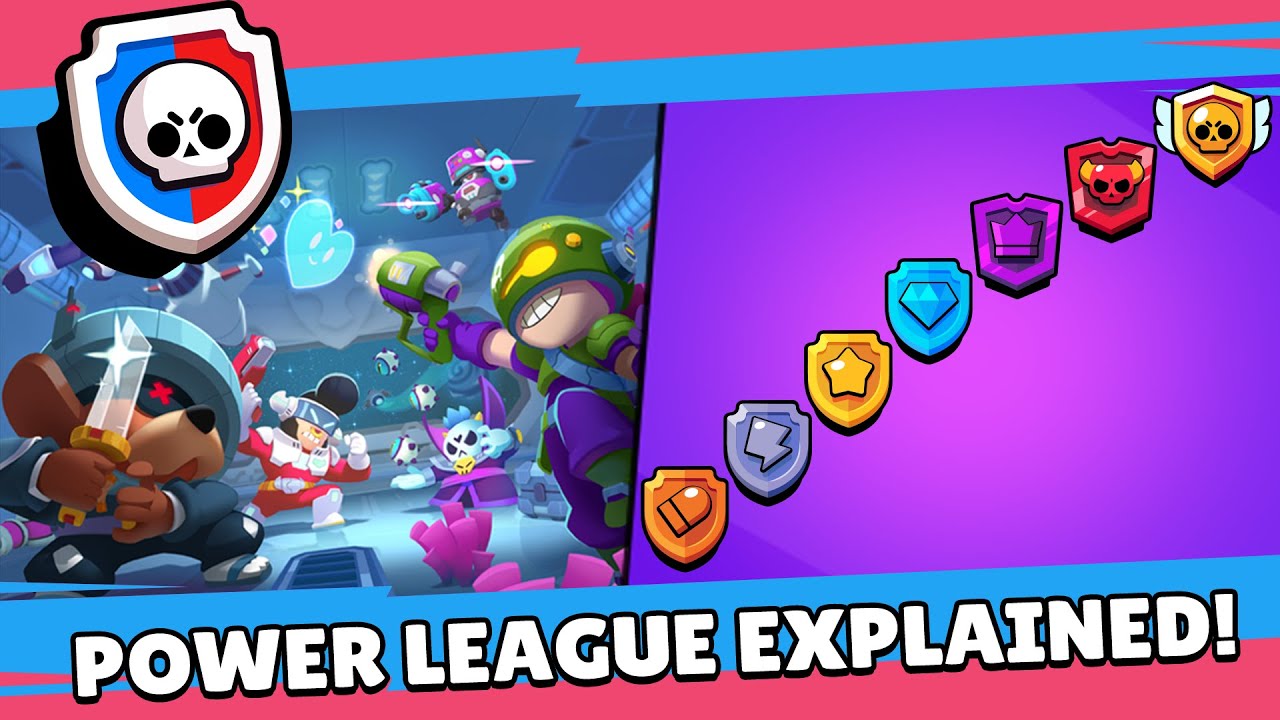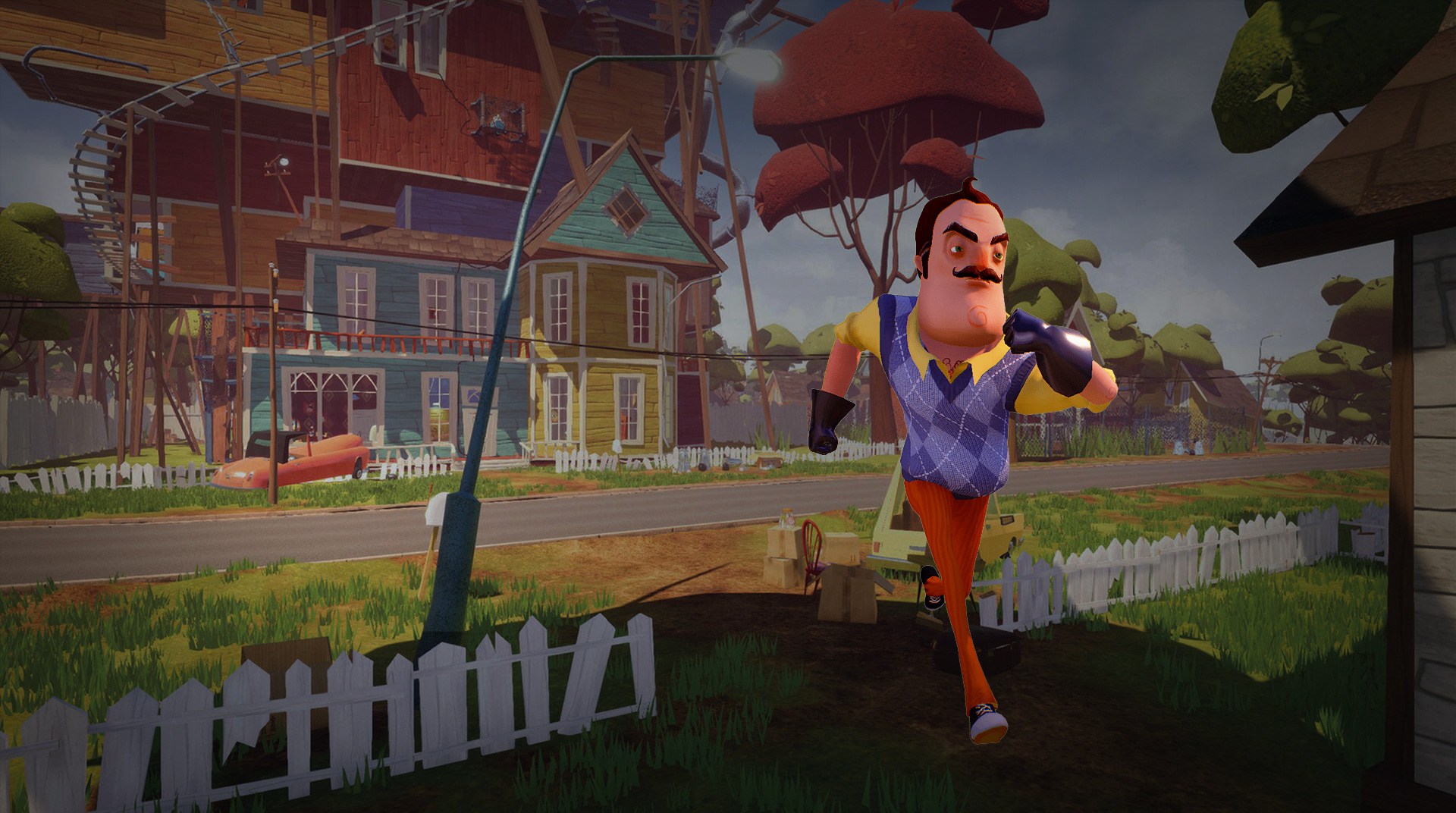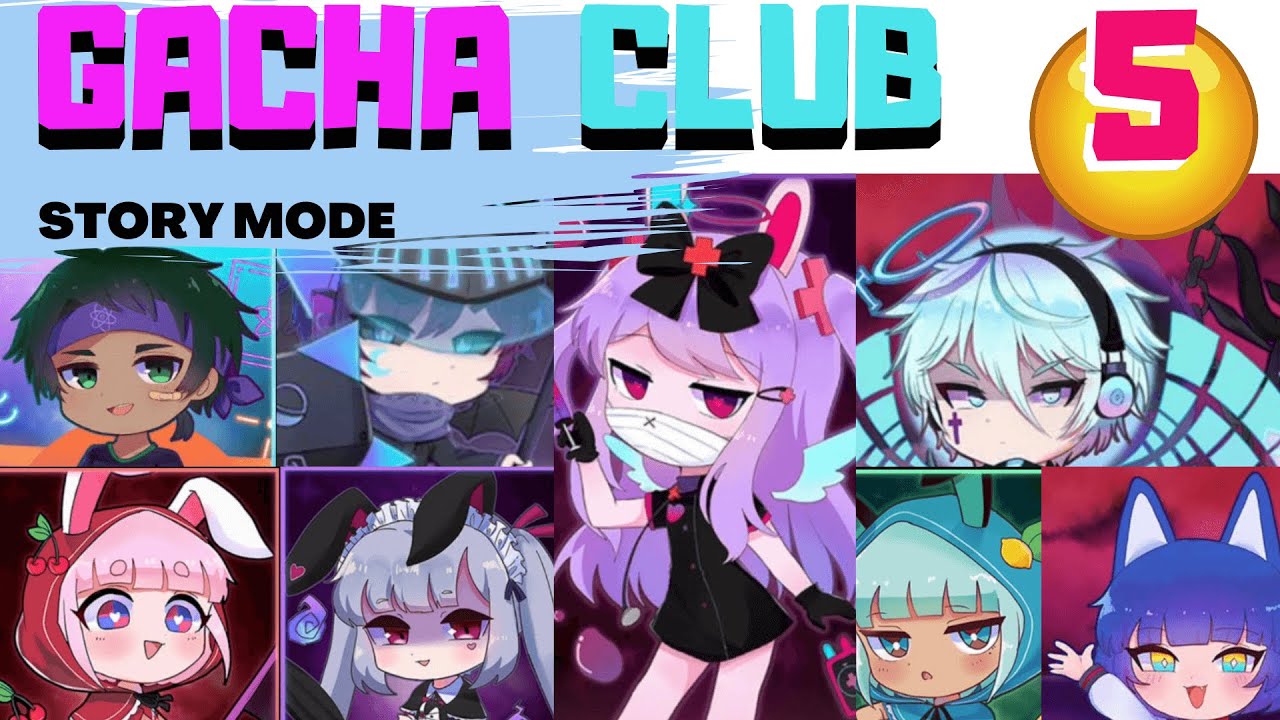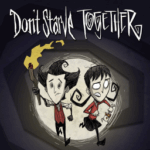Don't Starve Together: Surviving Madness and Mastery in 2025
The survival genre has no shortage of punishing games. However, Don’t Starve Together continues to stand alone as one of the most unique and brutal. Originally launched as a multiplayer version of
Don’t Starve, this eerie yet humorous title by Klei Entertainment has aged into something much more—an evolving sandbox of strategy, chaos, and dark beauty. With the 2025 updates introducing new mechanics, characters, and a reworked seasonal system, now is the perfect time to reevaluate the game’s core appeal. In this review, we’ll explore the latest features and walk through the full arc of a DST playthrough, from the moment you spawn into the wild to surviving late-game horrors beneath the earth.
First Days of Survival: Learning the Rules of the World
In
Don’t Starve Together, you begin with nothing but the clothes on your back. To begin with, the first few in-game days are critical and unforgiving. Your character wakes in a randomly generated biome, and the only prompt is a cryptic message: “Say, pal, you don't look so good. You better find something to eat before night comes.”
Right away, you must begin foraging for twigs, flint, berries, and grass. These basics are essential for building tools, a fire, and food sources. Hunger and sanity begin to drain over time, and if you don’t light a fire before sunset, the darkness will consume you.
Therefore, crafting an axe and pickaxe lets you gather wood and stone, which are key to building a permanent base. Even basic food—like roasted carrots—can make the difference between life and death. Always build a torch or fire before dusk. Prioritize flint early—it’s your gateway to all tools. Avoid exploring swamps and dark forests too soon. This stage introduces the game’s haunting tone, with no tutorials, no second chances, and everything trying to kill you.
Establishing a Base: Days 3–7
Once you’ve survived a few nights, the next step is establishing a semi-permanent base. You’ll need to build a Science Machine, which unlocks more recipes, followed by an Alchemy Engine for advanced crafting.
Because choosing a base location matters, ideal base areas include proximity to beefalo for manure and defense, rabbits for food, and trees for wood. Avoid building too close to ponds, spider dens, or hound spawn points.
Key base structures at this stage include a fire pit, crock pot, drying racks, chests, and farms. These allow you to store, cook, and preserve food while managing hunger and sanity. As a result, a well-placed base helps reduce unnecessary deaths and gives players a sense of control in an otherwise chaotic world.
Facing the First Winter: Days 10–21
Winter in DST is where the game truly reveals its teeth. The temperature drops, food becomes scarce, and one of the game’s first bosses—the Deerclops—can arrive at any time to destroy your base and murder your characters.
Consequently, preparing for winter means crafting warm clothing like rabbit earmuffs or a winter hat, stocking thermal stones to retain heat, and cooking high-calorie foods like meatballs or jerky. Farming becomes almost impossible, forcing players to rely on traps, hunting, or preserved food.
Eventually, Deerclops appears randomly during winter and targets your structures with powerful area-of-effect attacks. If you’re unprepared, he can wipe out weeks of progress. This phase of the game is a test of long-term planning and coordination with teammates.
Spring and Its Hidden Threats
Spring might seem like a relief after the brutal winter. Nevertheless, it introduces its own set of problems—namely constant rain, frog invasions, and sanity loss. Rain causes fires to sputter, tools to slip from your hands, and characters to lose sanity rapidly.
To deal with this, you must craft umbrellas, straw hats, or raincoats to stay dry and sane. Lightning strikes can start fires unless you’ve built lightning rods. Frogs spawn in massive numbers from ponds and can overwhelm players who aren’t paying attention.
Despite the dangers, spring allows for renewed crop growth and butterfly spawning. Sanity-recovering items become more accessible, and flowers are plentiful. However, poor preparation during this time leads to burning resources at double the rate.
The Fiery Hell of Summer
Summer in DST is more dangerous than winter for many players. Overheating, wildfires, and dry biomes push you underground or force constant micromanagement above ground.
Thus, you’ll need endothermic fires, ice cubes, floral shirts, and an Ice Flingomatic to keep your base from catching fire. Without these, even the best camps will go up in flames. Therefore, players often retreat into the caves during this time to escape surface dangers.
Caves maintain a consistent temperature and introduce new enemies and rewards. Summer punishes those who don’t plan ahead and rewards cautious, resource-savvy players who use every advantage to stay alive.
Exploring the Caves and Ruins
Once you're comfortable with surface survival, the caves and ruins offer endgame resources and mechanics. These underground areas are full of new enemies, materials, and late-game bosses.
Important resources like light bulbs for lanterns, Thulecite for ancient gear, and fossils for crafting statues are found here. Exploring the ruins is dangerous but rewarding, offering powerful items like the Lazy Explorer, Star Caller’s Staff, and more.
Combat becomes more intense with enemies like depth worms and ancient guardians. You’ll need high-level armor, healing items, and coordinated strategies to conquer this biome. As such, this stage separates casual players from DST veterans.
The Shadow and Lunar Lore Updates
One of the most compelling parts of DST is its evolving lore. In 2025, the
Brightmare Arc update expands on the tension between shadow magic and lunar forces. Players now access two endgame paths—shadow magic and lunar enlightenment.
For instance, new characters like Liorah, a light-based botanist, and new resources like Brightmare Fuel add magical crafting recipes, weapons, and armor. Lunar islands now have dynamic fog events, solar storms, and glowing flora that impact visibility and creature behavior.
As a result, these new systems deepen the game's worldbuilding and give players long-term goals to pursue beyond basic survival. The conflict between light and dark magic becomes a central mechanic and aesthetic evolution.
Multiplayer Coordination and Chaos
Don't Starve Together thrives on its cooperative design. Up to six players can join a server and share tasks. Some gather, some fight, some farm or craft. However, coordination is crucial—without it, chaos ensues.
Because characters have unique skills and weaknesses, strategic teamwork is essential. Wigfrid excels in combat but only eats meat. Wurt is amphibious and builds Merm kingdoms. Wickerbottom can grow crops instantly but can’t sleep. Choosing complementary characters can make the game smoother—or harder if done poorly.
Multiplayer leads to great storytelling moments, like a player running from hounds and leading them into the camp, or friends resurrecting each other during a seasonal boss fight. But griefers and bad communication can just as easily ruin an otherwise strong run.
Late-Game Bosses and Events
In the late game, DST introduces boss-level threats like the Ancient Fuelweaver, the Celestial Champion, and seasonal giants like Bearger and Dragonfly. Each boss has its own biome, mechanics, and required prep.
In preparation, players must often use magic gear, traps, lures, and unique strategies to survive. These fights can take days to prepare for, requiring meat effigies, armor, backup food, and reviving structures.
Victory over a boss often results in unique items or permanent upgrades to your base or character. Therefore, these encounters represent the height of strategy, coordination, and mastery in DST.
Final Verdict and Rating
Don't Starve Together remains one of the most well-crafted and intelligently updated survival games available
. Its distinct gothic style, brutal learning curve, and rich mechanics give it incredible replay value. The 2025
Brightmare update proves Klei’s ongoing commitment to expanding the world and offering new challenges for both solo and multiplayer users. With new characters, seasonal dynamics, and magical systems, DST stands tall among co-op and survival titles alike.
| Aspect |
Score (out of 10) |
| Gameplay Mechanics |
9.5 |
| Multiplayer Design |
9.2 |
| Visual & Audio Style |
9.0 |
| Replayability |
9.8 |
| Accessibility |
6.5 |
Rating: 9.2/10
A dark, punishing, and rewarding experience that continues to grow with every update.






